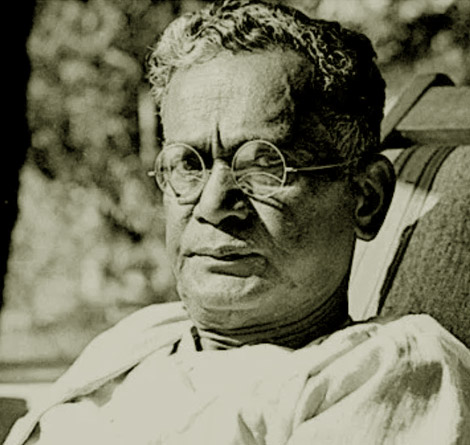Nandalal Bose
Born in 1882, Kharagpur in the Bengal Presidency of pre-independence India, Nandalal Bose studied at Calcutta’s Government School of Art under the tutelage of Rabindranath Tagore. He went on to become the principal of Kala Bhavana, (Fine Arts Department) at Rabindranath Tagore’s Visva-Bharati University at Santiniketan in 1922. Bose taught many notable Indian modernists, including K.G. Subramanyan, Benode Behari Mukherjee, and Ram Kinkar Baij.
Nandalal Bose is esteemed as one of the pioneers of the ‘nationalist modern’ in Indian Art. His contributions in the task of beautifying the original manuscript of the ‘Constitution of India’ and designing the emblems of Bharat Ratna and Padma Shri, the highest civilian awards from the Government of India, on the request of Shri Jawahar Lal Nehru, the first Prime minister of India, is art historically important.
Nandalal Bose mostly depicted Indian subjects but was not hesitant to use some of the foreign techniques, especially that of Europe’s. Being one of the most favorite students of famous painter Rabindranath Tagore, usage of several techniques became his bread and butter during the course of his tutelage under his master.
Nandalal Bose was honoured with the title of ‘Desikottama’ by Visva-Bharati University. The Tagore Birth Centenary Medal was awarded to him in 1965 by the Asiatic Society of Bengal. In 1954, Nandalal Bose was awarded the Padma Vibhushan among several other awards from prestigious universities and institutions of India.
Today, the National Gallery of Modern Art in Delhi holds 7000 of his works in its collection, including a 1930 black and white linocut of the Dandi March depicting Mahatma Gandhi, and a set of seven posters he later made at the request of Mahatma Gandhi for the 1938 Haripura Session of the Indian National Congress.
He died on 16 April 1966 in Calcutta.


